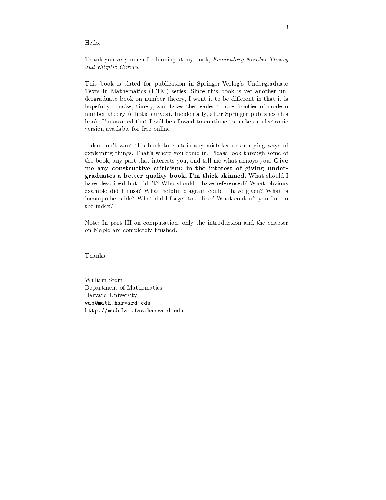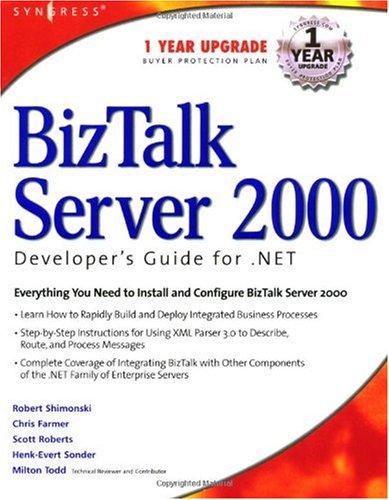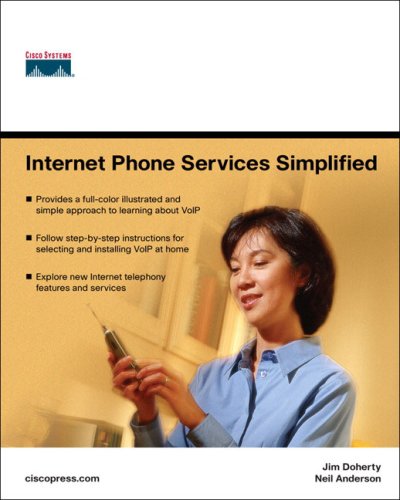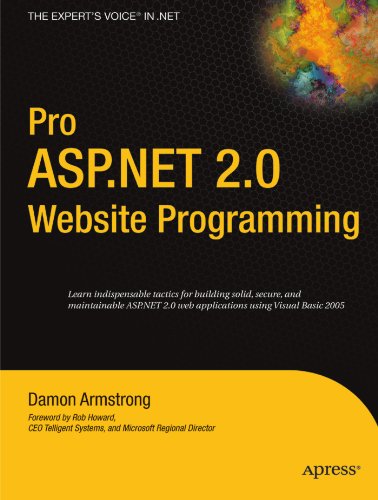Michael J. Albers9780805849929, 0-8058-4992-0
Table of contents :
Team DDU……Page 1
Acknowledgements……Page 6
Contents……Page 8
Preface……Page 10
1. Introduction……Page 16
Model of situation, goals, and information needs……Page 26
Simple, complicated, and complex situations……Page 30
Overview of the remaining chapters……Page 36
Long example-Astronomical information……Page 38
Simple, complicated, and complex situations……Page 44
Characteristics of complex situations……Page 55
Feedback loops and situation response……Page 64
Multiple dimensions of a user’s understanding……Page 66
What it means to understand a complex situation……Page 68
Complex situations are context dependent……Page 73
Long example-Electronic medical patient record system……Page 77
3. User Goals……Page 82
Goals in complex situations……Page 85
Constraints on achieving goals……Page 94
Emergent properties of achieving goals……Page 98
Ways to meet user goals……Page 100
Conclusion……Page 103
Long example-Business report analysis……Page 105
4. Information Needs……Page 108
Introduction……Page 109
Information needs to achieve goals……Page 110
Shuttle puzzle example……Page 113
Hierarchy of data, information, and knowledge……Page 115
Information interrelationships……Page 120
Information needs in complex situations……Page 123
Long example-E-commerce……Page 139
5. People……Page 142
View of the real user……Page 146
Understanding a situation……Page 148
Defining the goals……Page 154
Interpreting information……Page 159
Conclusion……Page 166
Long example-Pricing of wholesale products……Page 167
6. System……Page 172
Computer system is a tool……Page 173
Content development……Page 177
Human-computer interaction……Page 185
Software and hardware implementation issues……Page 189
Conclusion……Page 194
Long example-Medical information system operation……Page 195
7. Process for Addressing Complex Situations……Page 200
Process of defining user goals and information needs……Page 202
Plan the scope of the information product……Page 203
Identify the user groups of the final information product……Page 205
Define the user goals by user group……Page 207
Define the information needs of each user group……Page 211
Define the information relationships……Page 216
Determine the source of each information element……Page 221
Build a visual model……Page 222
Define the presentation requirements……Page 226
Conclusion……Page 227
Long example-Online textbook design……Page 228
8. Conclusion……Page 232
Goals and information needs……Page 233
Open research questions and looking to the future……Page 237
Final comments……Page 241
Appendix: Creating a Visual Model……Page 244
References……Page 252
Author Index……Page 268
Subject Index……Page 274







Reviews
There are no reviews yet.